2023 Minimalist Photography Awards Celebrate the Beauty of Simplicity
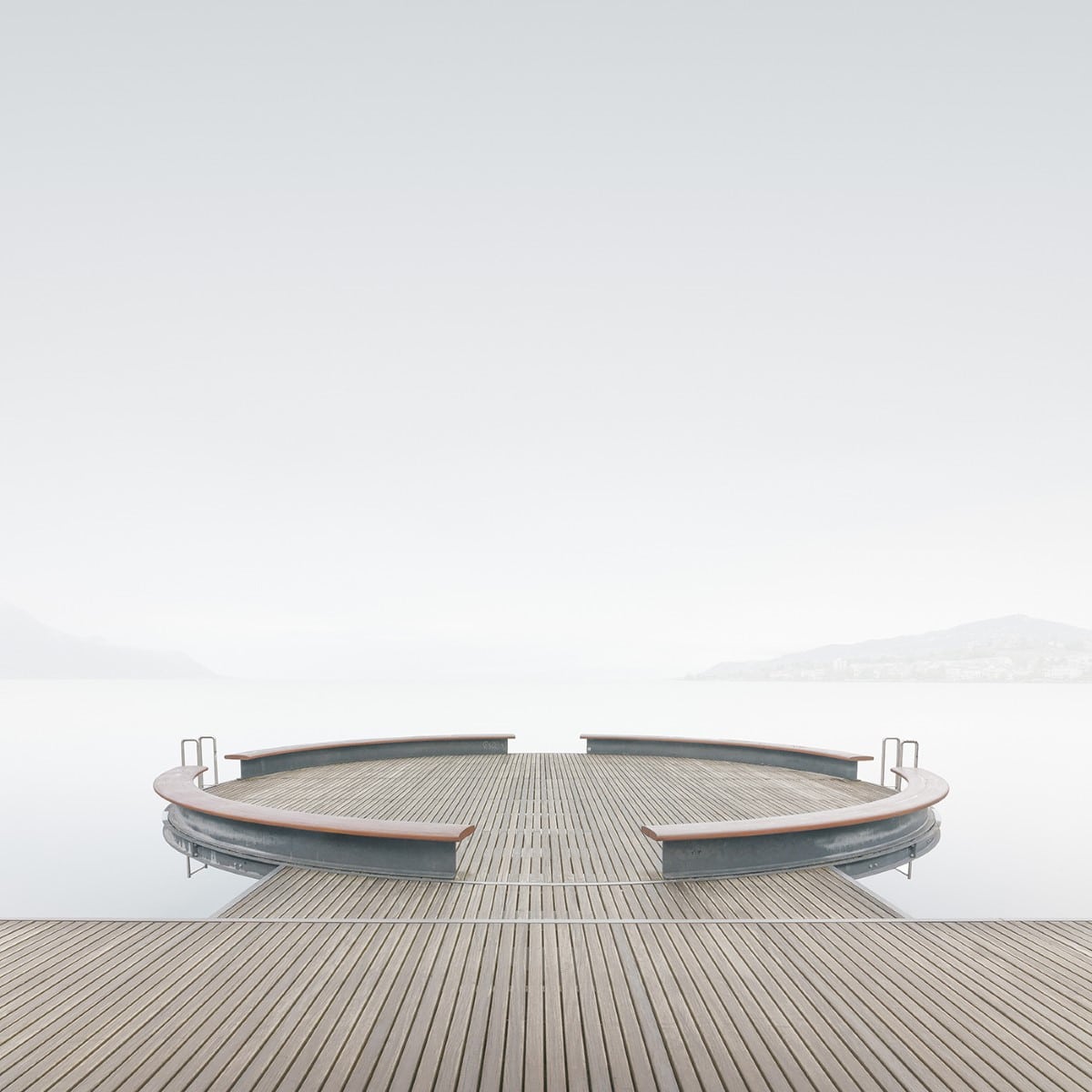
“Ashored” by Martin Annand (United Kingdom). Minimalist Photographer of the Year and Long Exposure Photographer of the Year.
There is something about minimalism, when executed correctly, that is soothing. By stripping away unnecessary details, creators who work with a minimalist aesthetic bring a balance and harmony to their work that makes them pleasurable to view. And this is what the Minimalist Photography Awards celebrates.
Organized by B&W Minimalist Magazine, the awards are a showcase for global photography talent. This year's contest, which drew photographers from 31 countries, saw over 3,100 entries. Judged by an expert panel, the winners demonstrate how effective minimalism can be in communicating a message or transmitting a feeling.
Photographer Martin Annand from the United Kingdom was named the 2023 Minimalist Photographer of the Year for his exceptional work. His series of images, Ashored, is a fresh take on typical seaside imagery. By combining a love for long-exposure photography with a limited color palette, he brings a soothing, timeless feel to his work.
With 12 categories, the Minimalist Photography Awards honors a wide range of talents. From Francesco Luongo‘s clever play on shadows in the Aerial category to Patricia Van de Camp & Marc Heesterbeek‘s incredible abstract image of a woman from the Portrait category, the skill level is high.
Check out the winners from all of the categories and decide which is your favorite. Then, see more finalists in the full winner's gallery on the Minimalist Photography Awards website.
Here are the winners of the 2023 Minimalist Photography Awards.
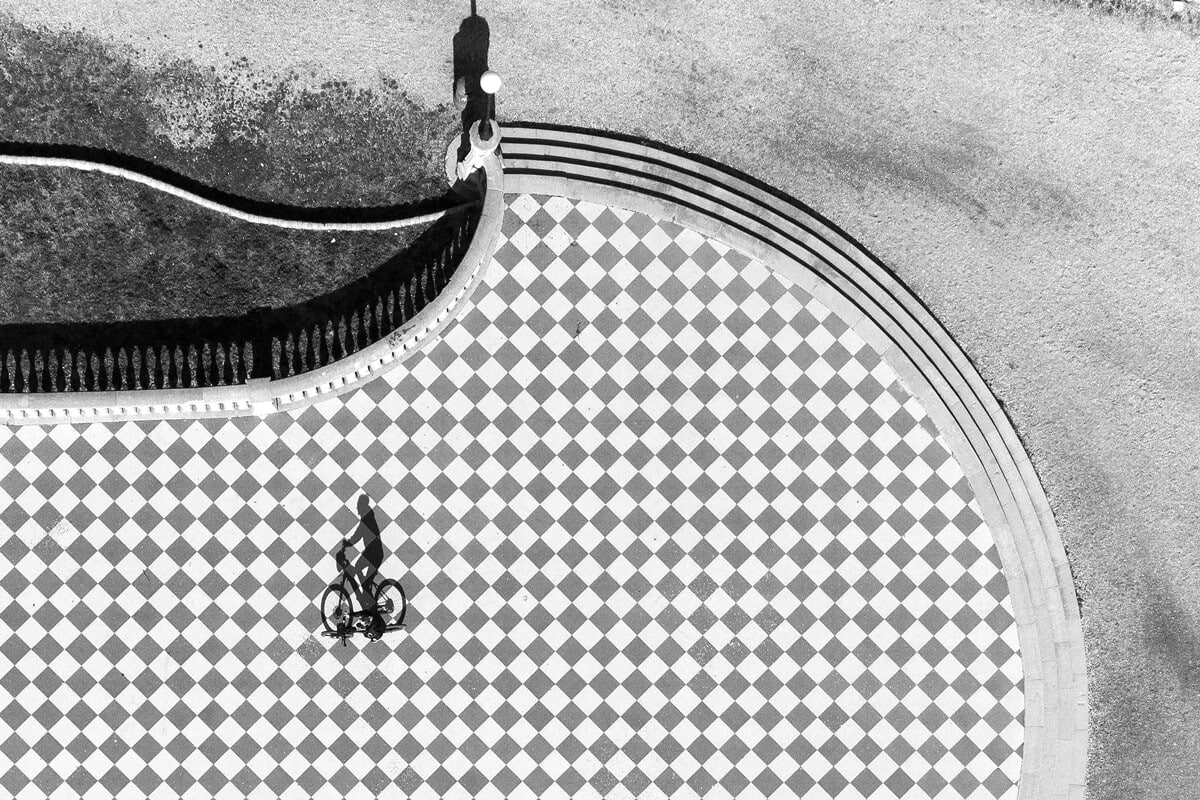
“Bike Shadow” by Francesco Luongo. Aerial Photographer of the Year.
“Aerial view with a biker shadow mixed with urban geometries, taken in Livorno, Italy.”

“Hottest place on Earth” by Folker Michaelsen. Landscape Photographer of the Year.
“In summer months, the Dascht-e Lut desert in Iran is known as the hottest place on earth. Among huge sand dunes, the specialty of this hostile part of our planet are unique sandstone rock formations called Kaluts. For my photography I focused on the graphical elements the desert provides.”
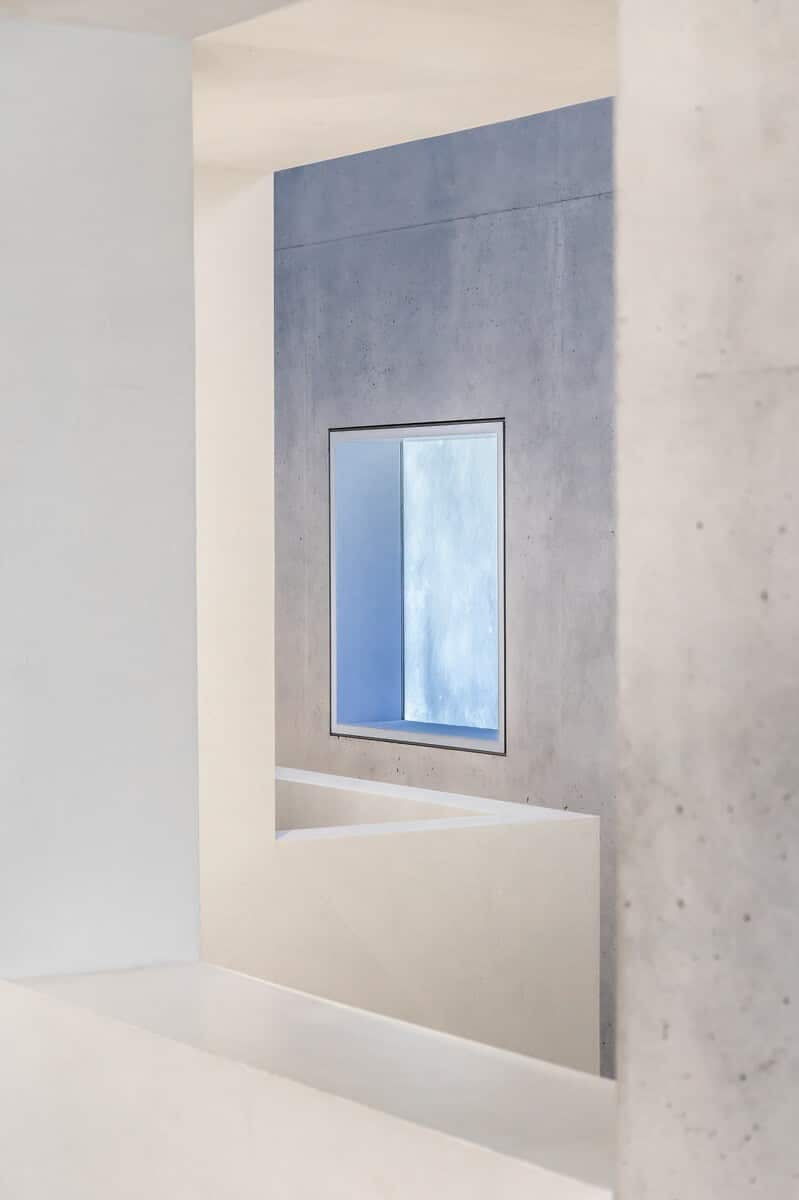
“Blue Window” by Michael Jurek. Architecture Photographer of the Year.
“Interior design and Bauhaus architecture of the House Gropius in Dessau, Germany.”

“Ashored” by Martin Annand (United Kingdom). Minimalist Photographer of the Year and Long Exposure Photographer of the Year.
“This collection of images from the coast of the UK and further afield are born from the love of long exposure photography and the coast. As a child, a trip to the seaside was always an exciting prospect, an event, an adventure. These feelings still stir now when I head to the coast with my camera. The anticipation of what’s to come. Trying to find interesting subjects before time and tide swallow them up forever. Not always having the time I’d like to devote to my photography, I have tried to create a more timeless feel to my images. Stripping back to basics often leaves only a main subject discarding any clues or leaving only hints on time and location. I’ve never wanted to document what I’ve seen, only to create my version of it. I use color as opposed to monochrome as I find color more of a challenge, but I try to keep colors subtle and limit the color palette.
I see myself as far from a finished article as a photographer. I hope that what I have learned so far goes to producing some aesthetically pleasing images that others enjoy as much as I enjoy creating.”
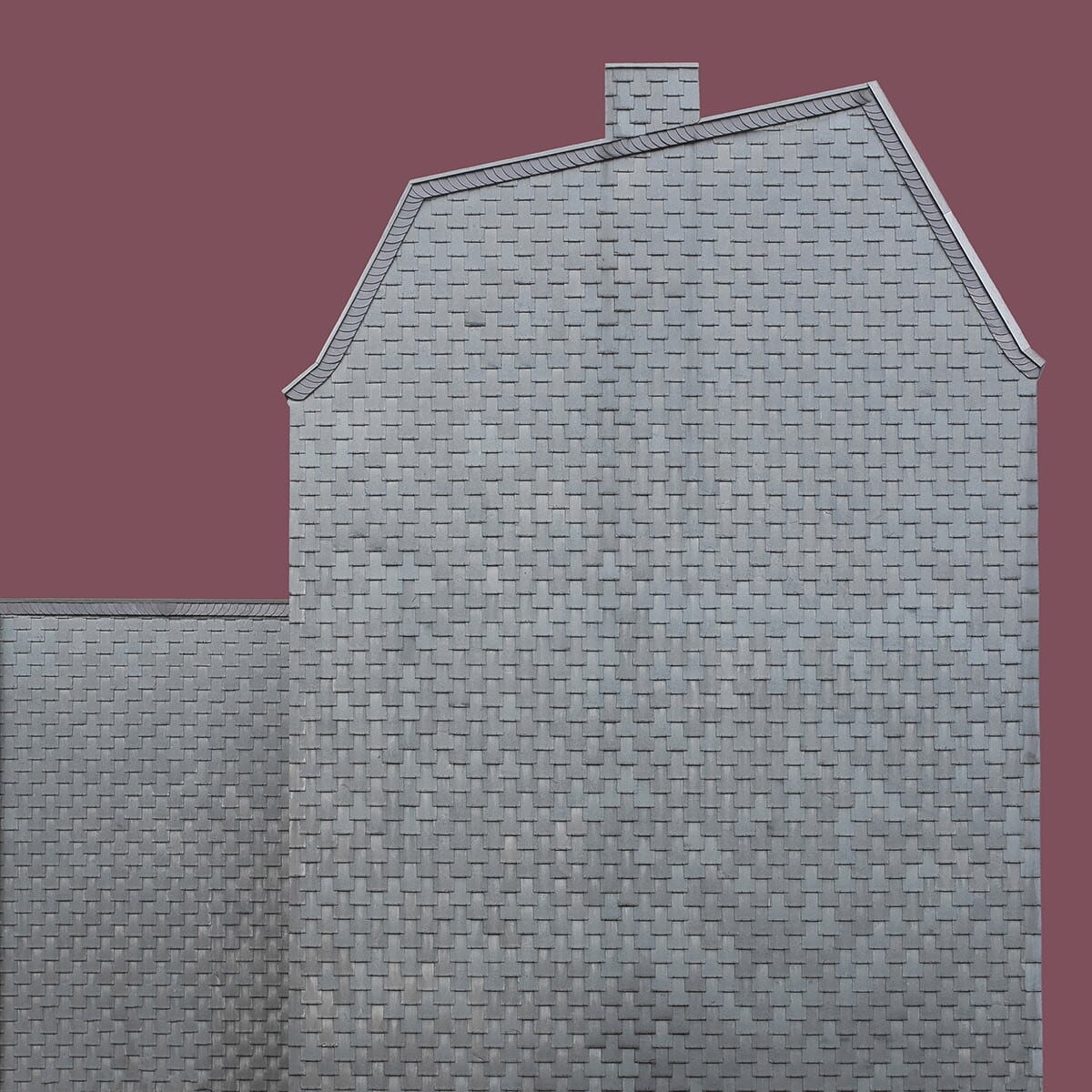
“Art of Everyday Live” by Klaus Lenzen. Open Photographer of the Year
“Claddings of windowless gable walls can be very diverse. Whether made of metal, plastic, slate, or roofing felt, they reflect the highly individual taste of the homeowner and create for me special works of art of everyday life.”
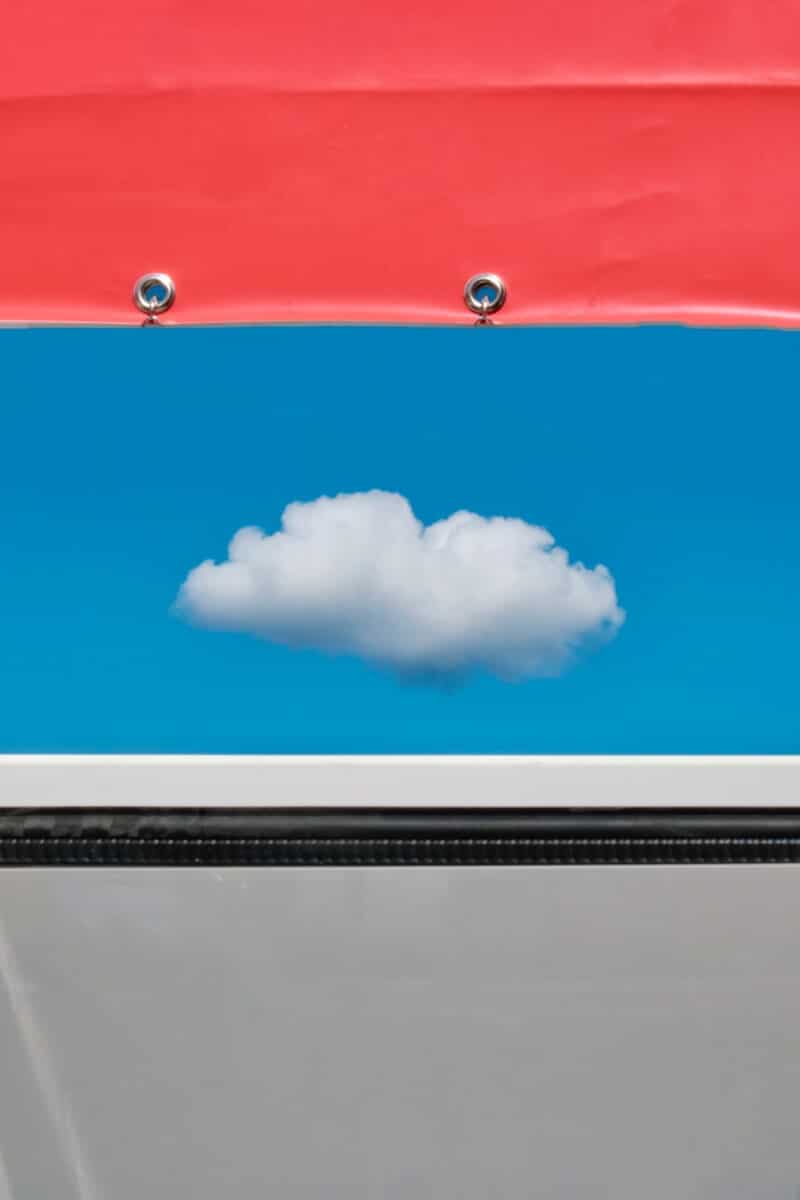
“Cloudy day” by Guido Klumpe. Fine-art Photographer of the Year.
“In this series clouds are the stars. Sometimes shy, sometimes cheeky-without clouds, the pictures would tells different stories. German photographer Guido Klumpe’s work includes abstract, minimalist, and street photography. Born with a severe congenital visual impairment, he perceives the world differently. Guido sees cities as urban landscapes, landscapes consisting of shapes, colors, light and reflections. He uses perspective, a particular point of view, and the poetry of chance in the old tradition of street photography, to create his compositions. This way, he creates a “stage” in which passers-by act as protagonists. His work highlights the mystery and absurdity of urban spaces while simultaneously revealing its hidden beauty. In his work, he investigates how we perceive dimensionality and is particularly interested in the moment of transition, when by reducing the optical reference points, three-dimensional architecture dissolves into a two-dimensional plane, lending many of his images an almost painterly quality. Considerations that arise during this process include the importance of information that helps establish a distinction between the foreground and background, and the type and number of objects involved.
Guido’s work has won numerous international awards, has been widely published, and is included in many solo and group exhibitions throughout Europe.”
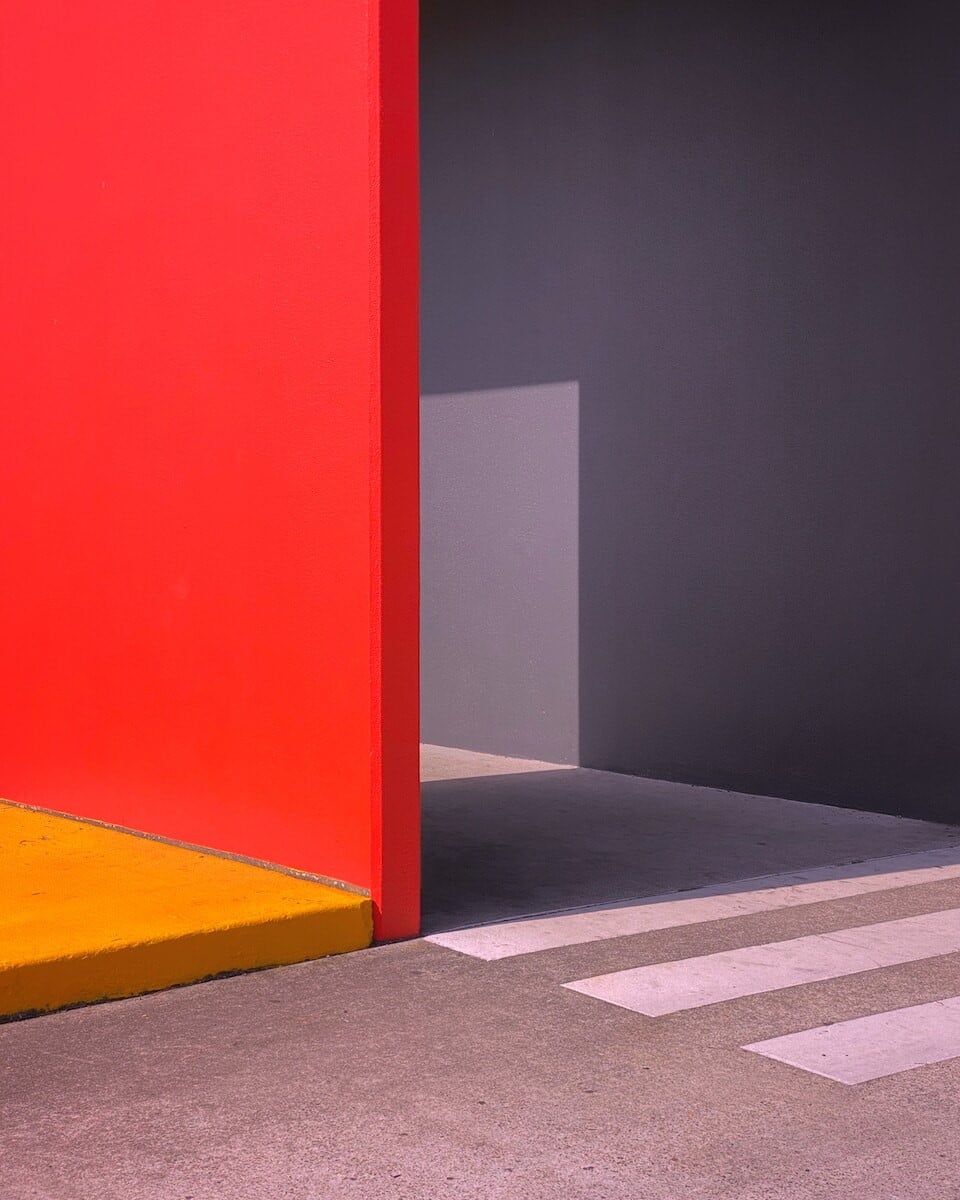
“X ing” by Glenn Homann. Street Photographer of the Year.
“Removing elements from the urban environment allows us to see between the details and appreciate shapes, colors, and spaces.”
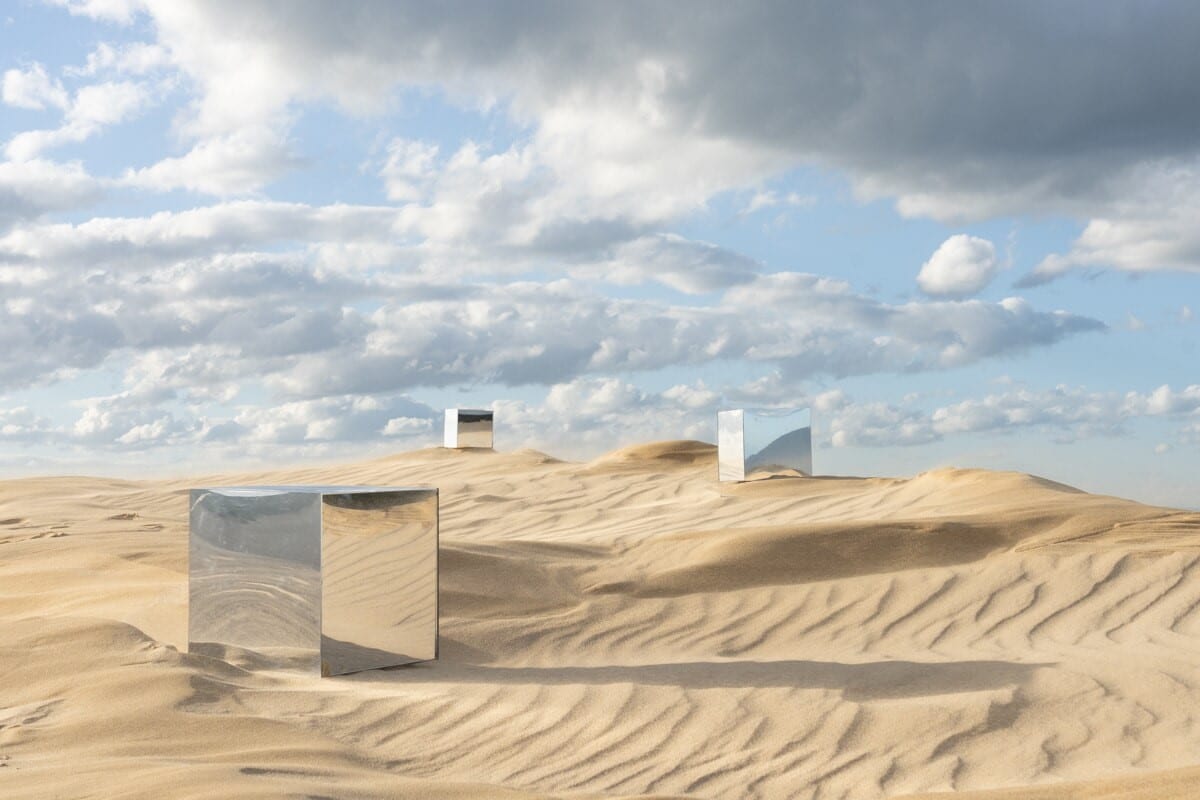
“Presence” by Luke David. Conceptual Photographer of the Year.
“Growing up in the closet, I only ever let certain parts of myself show through. I felt like I was made up of 3 parts. The one I revealed, the one I let myself feel, and the one that was secret & unknown. I would reflect only certain parts of myself back to others. I tried to merge seamlessly into my surroundings. Like a mirror, keeping everything hidden behind the surface. As an adult, I find myself adopting the same patterns. Segmenting myself and only revealing those parts that fit. Alone and making images in the landscape, I feel free of it all. There is nothing there but me and it.”
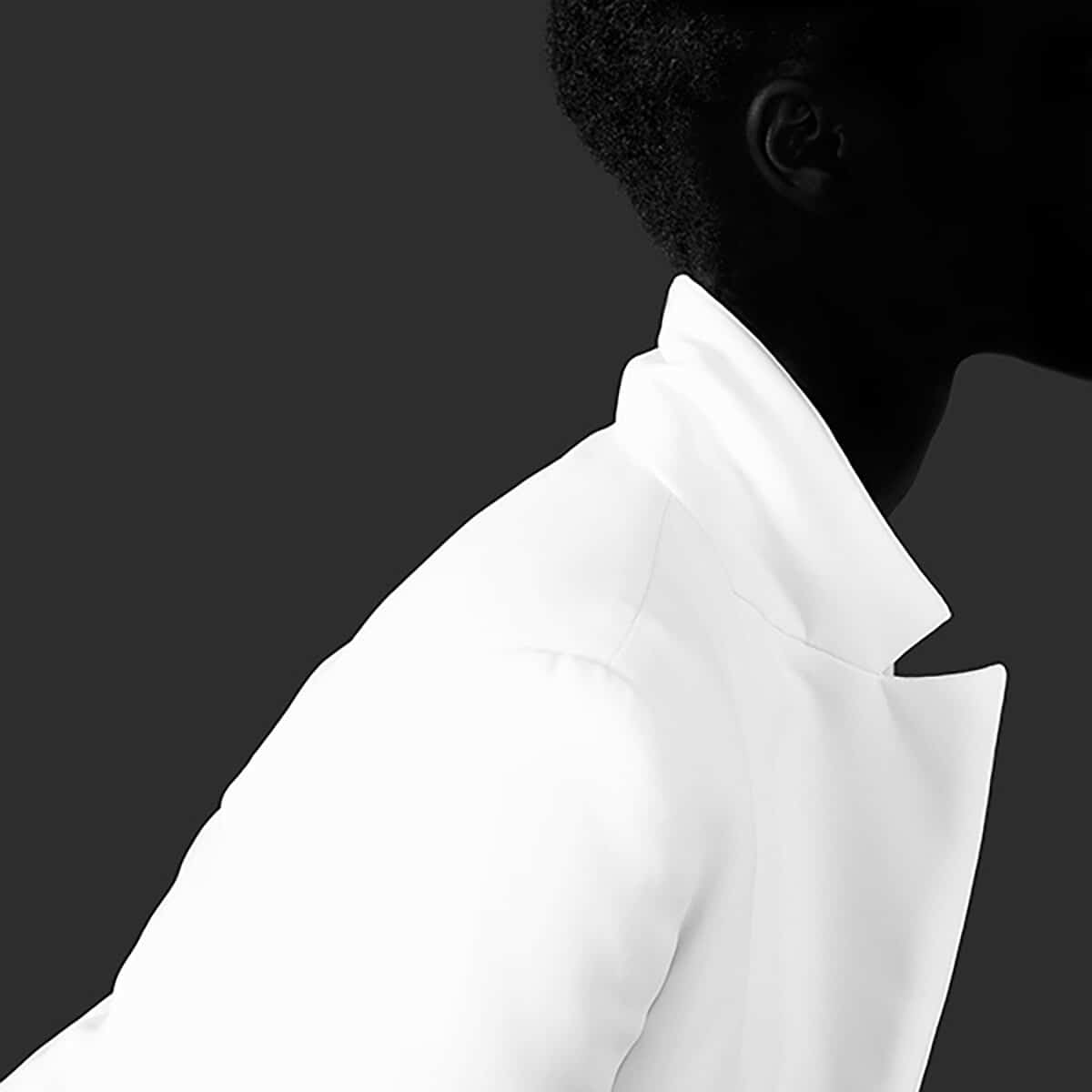
“2050-293” by Patricia Van de Camp & Marc Heesterbeek. Portrait Photographer of the Year.
“The works of Van de Camp & Heesterbeek start with portrait photography and end with abstraction. Portrait photos are carefully deconstructed and assembled back together again. The intent of the photo or the identity of the person portrayed is no longer relevant; there is only the image. As reversed painters, they take out the irrelevant details of photography to get to the essence of the image. Every once in a while, a fictitious object is added. The identity and form of the person portrayed are remixed. The result is images where the black and the white live their own lives. The original portrayed persons are still recognizable but are now part of a larger whole, albeit stripped to the existential minimum in a balanced composition.”
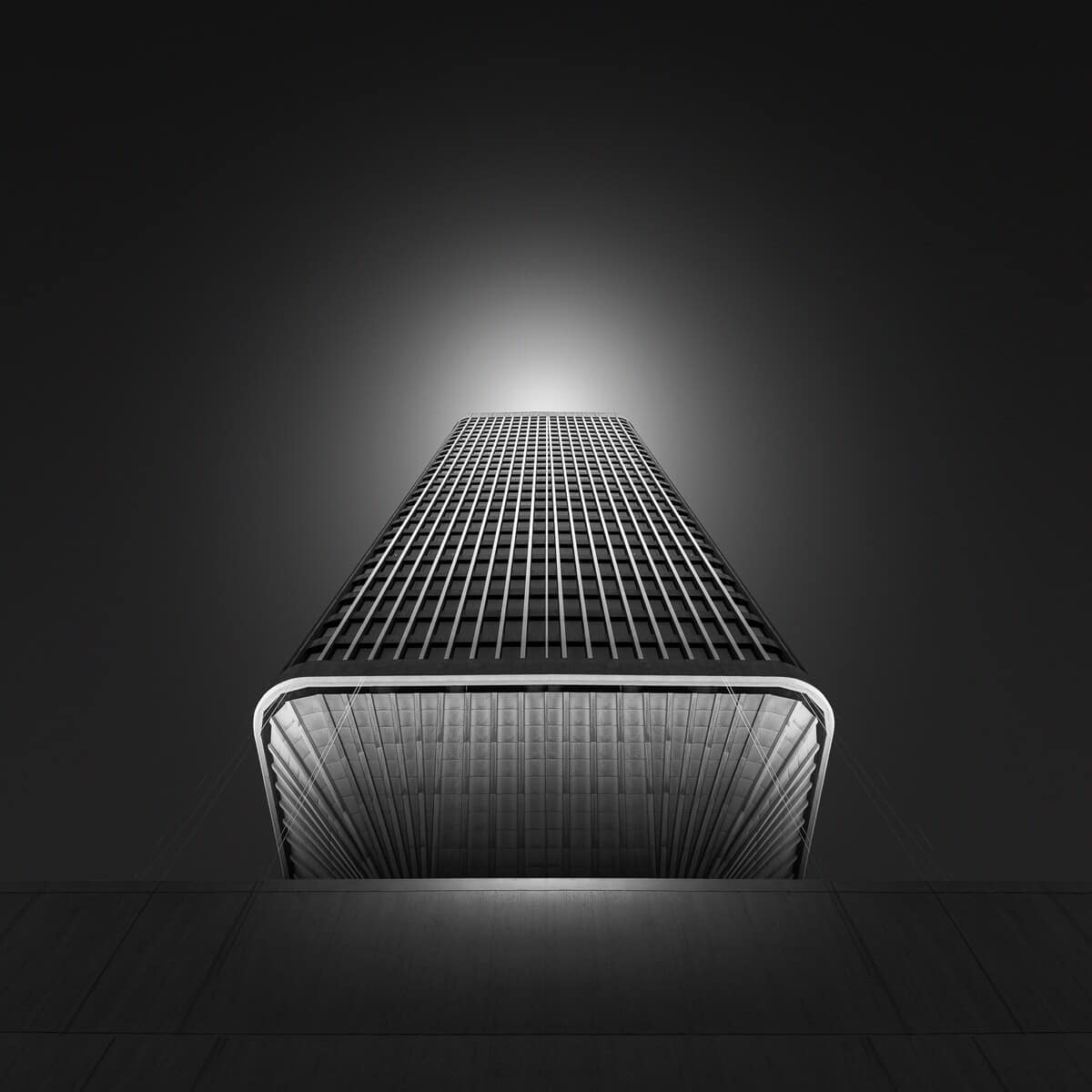
“Masonic Centre” by Graeme Gordon. Photo Manipulation Photographer of the Year.
“Walking through Sydney this building screamed out to be shot with its brutalist look standing tall amongst the other buildings.”
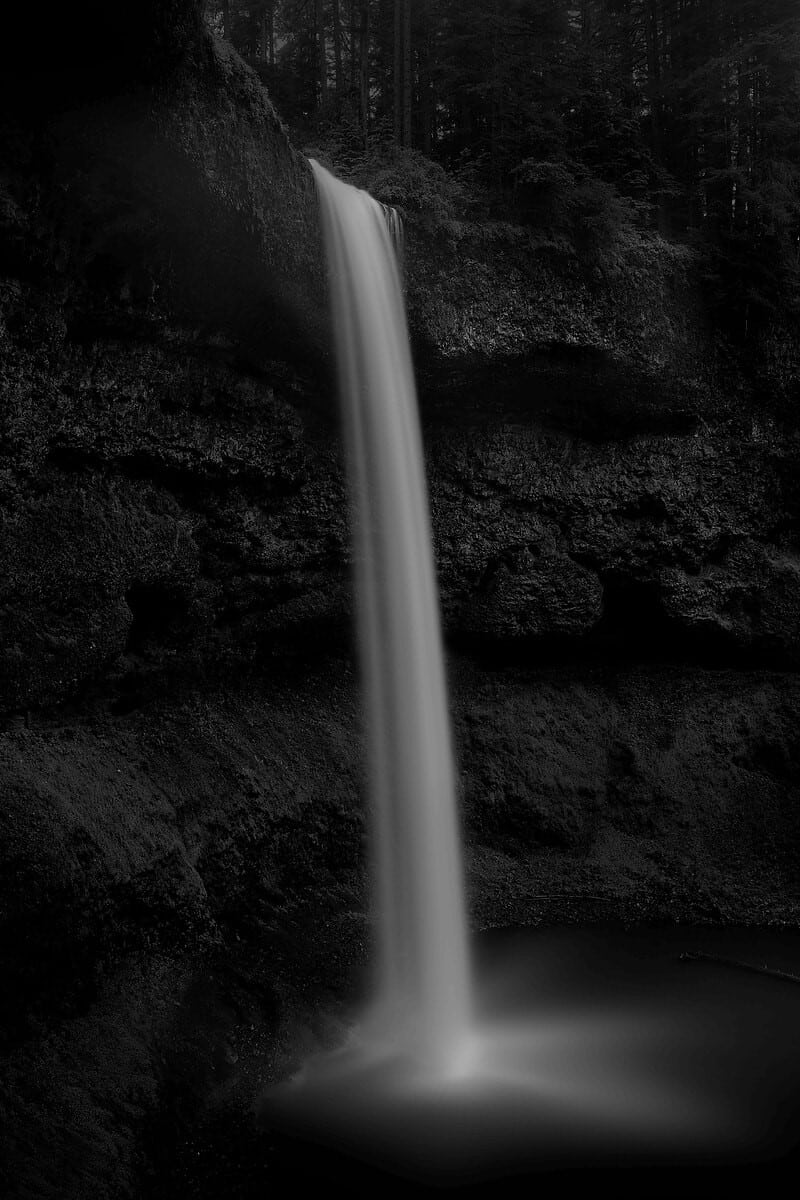
“Phantom Waters” by Jonathan Knight. Night Photographer of the Year.
“This dark, minimal collection showcases a series of waterfalls photographed at night. Rather than present a complete image, I present the outline of a view and invite the viewers to compose the image on their own: to interact with the work psychologically and physically to fill in the voids left behind. The resulting vision is partly real and partly based on the viewer’s own making.”
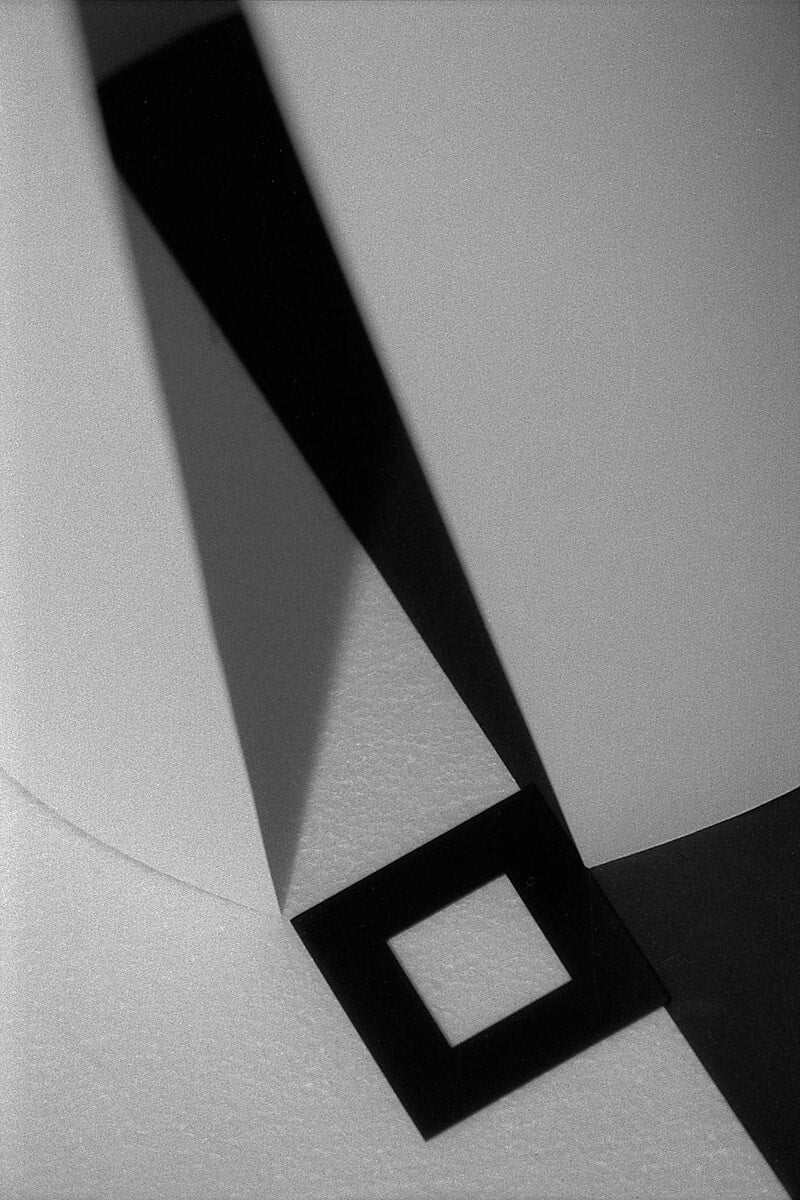
“Geometric Compositions” by András Gáll. Abstract Photographer of the Year.
“Basic shapes in a spatial context. Interaction between light, shadow, tone, and shape.”
Minimalist Photography Awards: Website | Facebook | Instagram
My Modern Met granted permission to feature photos by the Minimalist Photography Awards.
Related Articles:
Minimalist Photos Document the Colorful Details of Havana
Winners of the Minimalist Photography Awards Show the Power of Simplicity
Minimalist Photographer Captures Dramatic Depth of Nature in Black and White
Striking Winning Images of the Inaugural Black and White Minimalist Photography Prize
READ: 2023 Minimalist Photography Awards Celebrate the Beauty of Simplicity
0 Commentaires